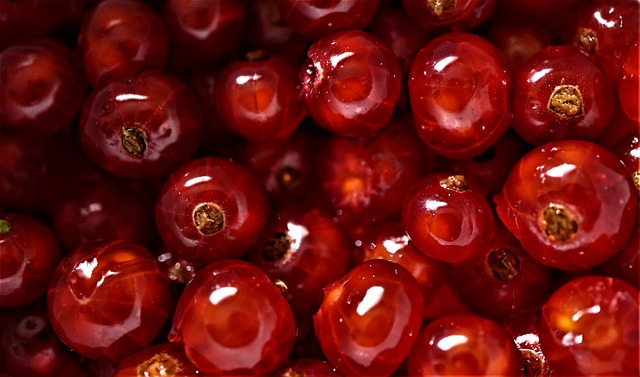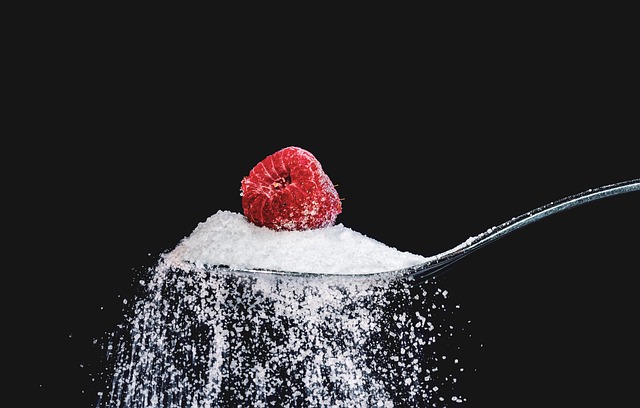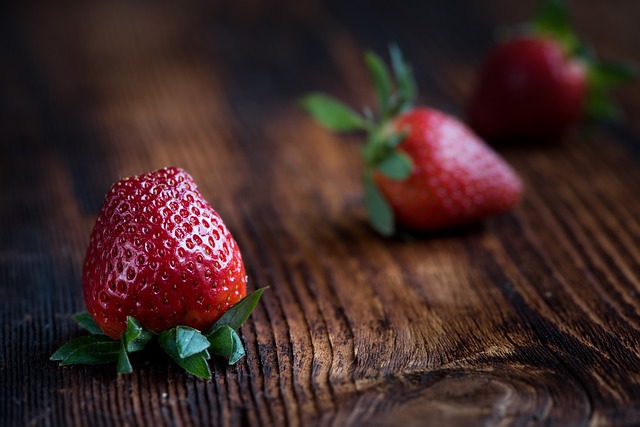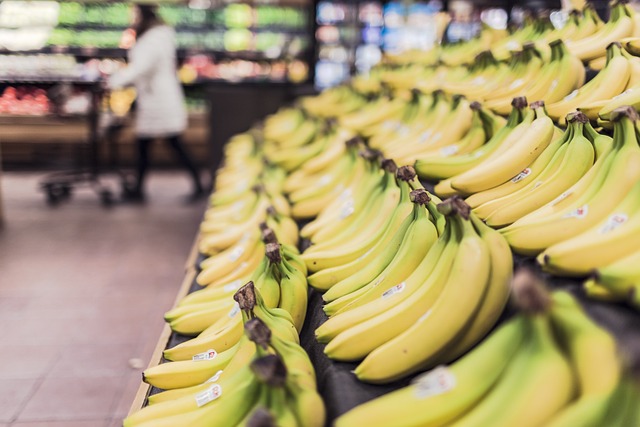Beyond Yogurt: Innovative Ways to Incorporate Probiotics into Your Diet
Probiotics have gained significant popularity in recent years due to their numerous health benefits. These live bacteria and yeasts can improve digestion, boost the immune system, and support overall gut health. While many people associate probiotics with yogurt, there are plenty of other creative and exciting ways to incorporate these beneficial microorganisms into your diet.
1. Kombucha
Kombucha is a fermented tea beverage that has been enjoyed for centuries. It is made by fermenting sweetened tea with a SCOBY (Symbiotic Culture of Bacteria and Yeast). The result is a tangy and bubbly drink packed with probiotics.
Commercially available kombucha can be found in various flavors, making it a delicious and refreshing alternative to plain yogurt. You can also experiment with brewing your own kombucha at home to customize the flavors and adjust the fermentation process according to your taste.
2. Kimchi
Kimchi is a traditional Korean side dish made from fermented vegetables, primarily cabbage. It is rich in probiotics, vitamins, and minerals. Kimchi’s natural tangy and spicy flavors make it a great addition to meals.
You can enjoy kimchi on its own as a side dish, use it as a topping for salads, or incorporate it into various recipes like stir-fries, fried rice, or even kimchi pancakes. Its versatility and probiotic content make kimchi an exciting option to diversify your meals.
3. Miso
Miso is a traditional Japanese seasoning made from fermented soybeans, rice, and barley. It has a rich umami flavor and is commonly used as a base for miso soup.
Aside from miso soup, you can incorporate miso into marinades, dressings, and sauces to add depth and complexity to dishes. With its high probiotic content, miso is an excellent way to enhance the flavor profile of your meals while reaping the benefits of gut-friendly bacteria.
4. Sauerkraut
Sauerkraut is a fermented cabbage dish known for its sour taste. It is made by pickling cabbage in brine, which allows the growth of beneficial bacteria.
With its tangy flavor and crunchy texture, sauerkraut is a fantastic addition to sandwiches, hot dogs, or as a side dish. It can also be used as a topping for tacos, salads, or even incorporated into savory pancakes. Adding sauerkraut to your meals provides both probiotics and a burst of flavor.
5. Tempeh
Tempeh is a traditional Indonesian soy product made from fermented soybeans. It is highly nutritious, packed with protein, and contains impressive amounts of probiotics.
You can replace meat with tempeh in stir-fries, sandwiches, or even make tempeh burgers. Marinating tempeh before cooking can infuse it with additional flavors. Its unique texture and umami taste make tempeh a favorite among plant-based eaters looking for probiotic-rich alternatives.
6. Pickles
Pickles are cucumbers that have been pickled in vinegar or brine. While not all pickles contain live cultures, those that are fermented naturally through lacto-fermentation processes are a great source of probiotics.
Adding pickles to your diet can be as simple as enjoying them as a crunchy snack or incorporating them into your dishes. They can be sliced and used as sandwich toppings, diced and added to salads, or even blended into salad dressings for an extra tangy zing.
7. Sourdough Bread
Sourdough bread is made through a fermentation process that involves wild yeast and lactic acid bacteria. Compared to regular bread, it has a tangy flavor, unique texture, and contains higher levels of probiotics.
Enjoying a slice of freshly baked sourdough bread can be a delicious way to incorporate probiotics into your diet. Whether you enjoy it plain, as toast, or as a sandwich, opting for sourdough bread can give you a gut-friendly option for satisfying your carb cravings.







